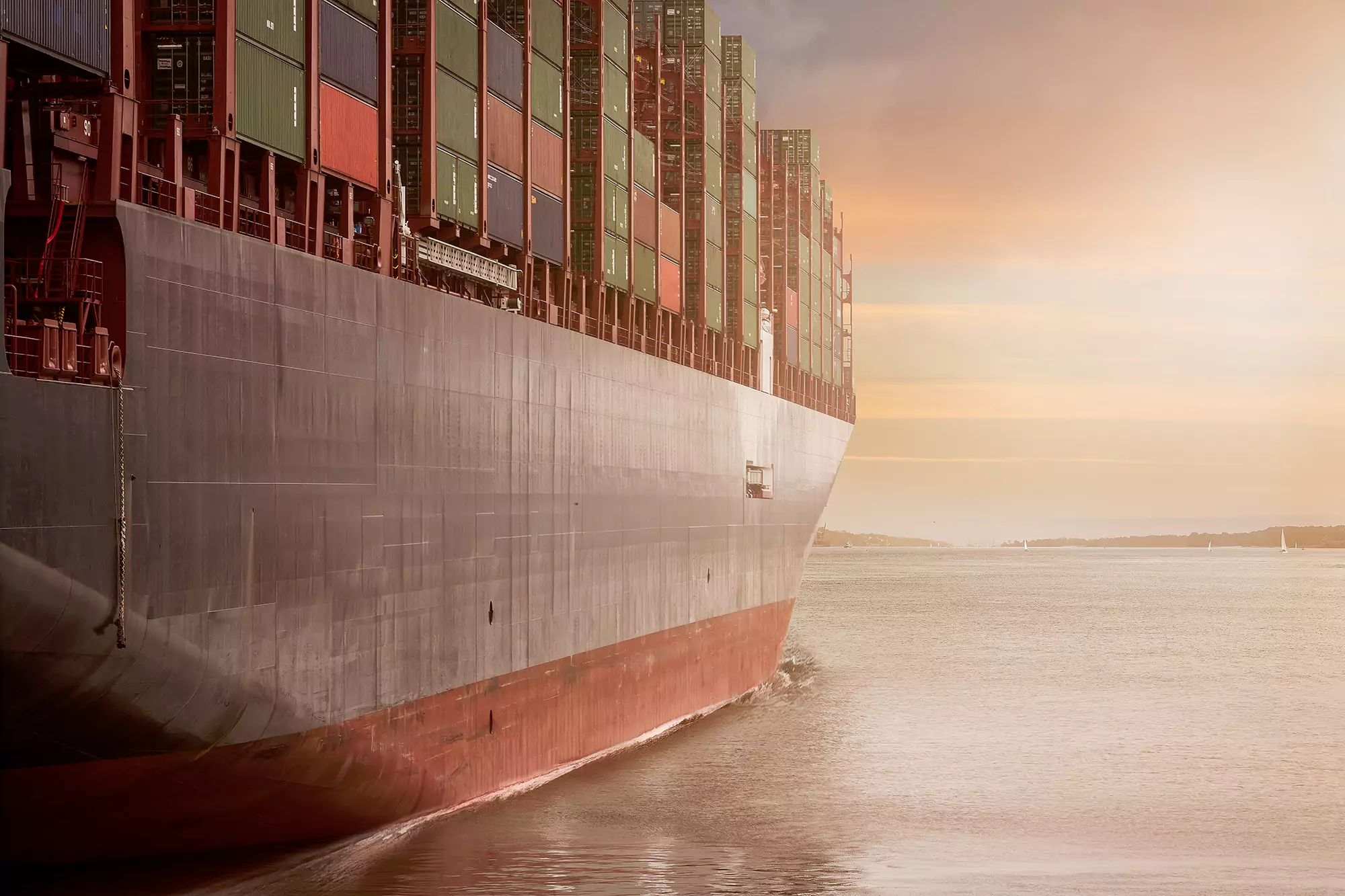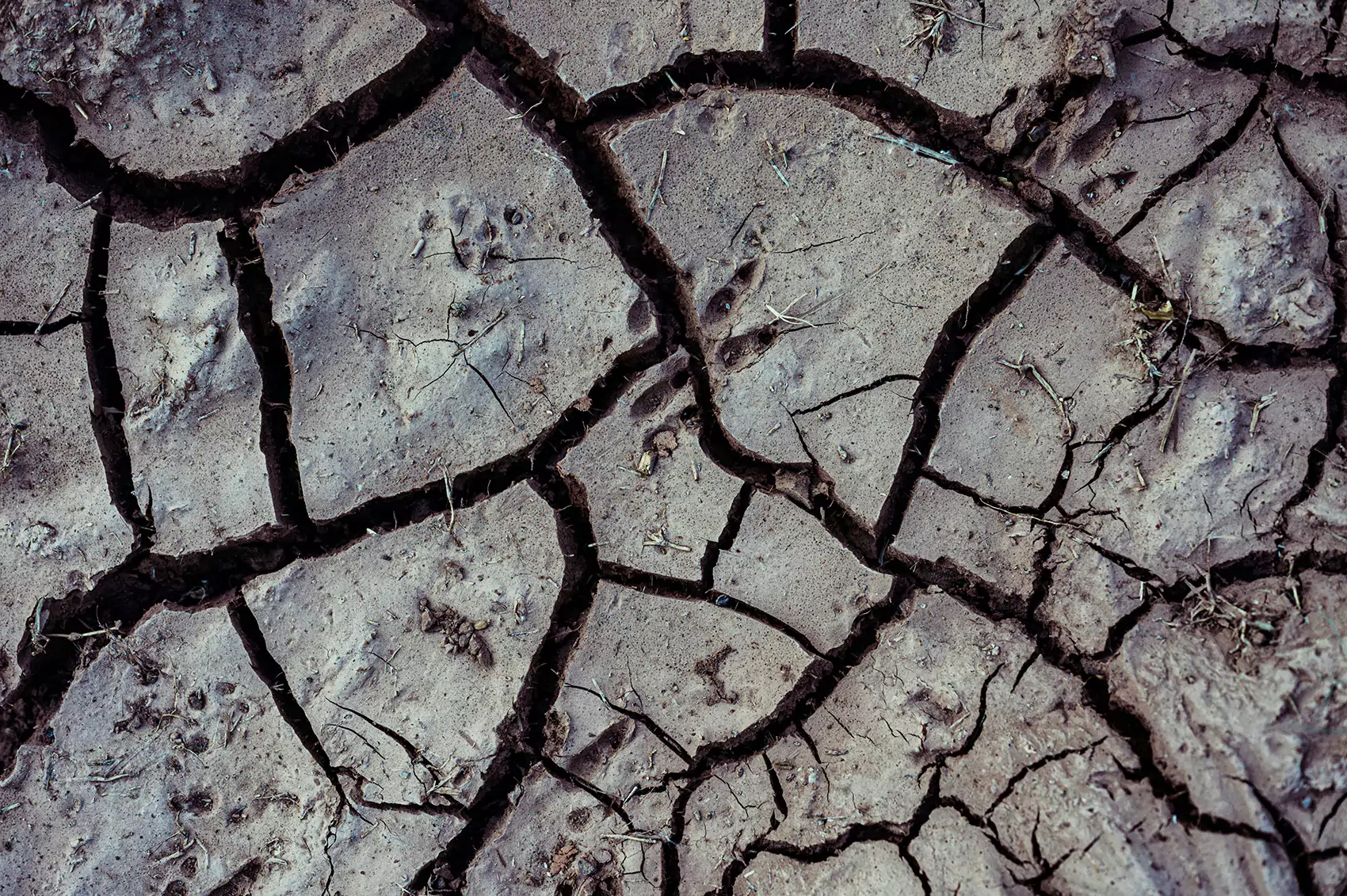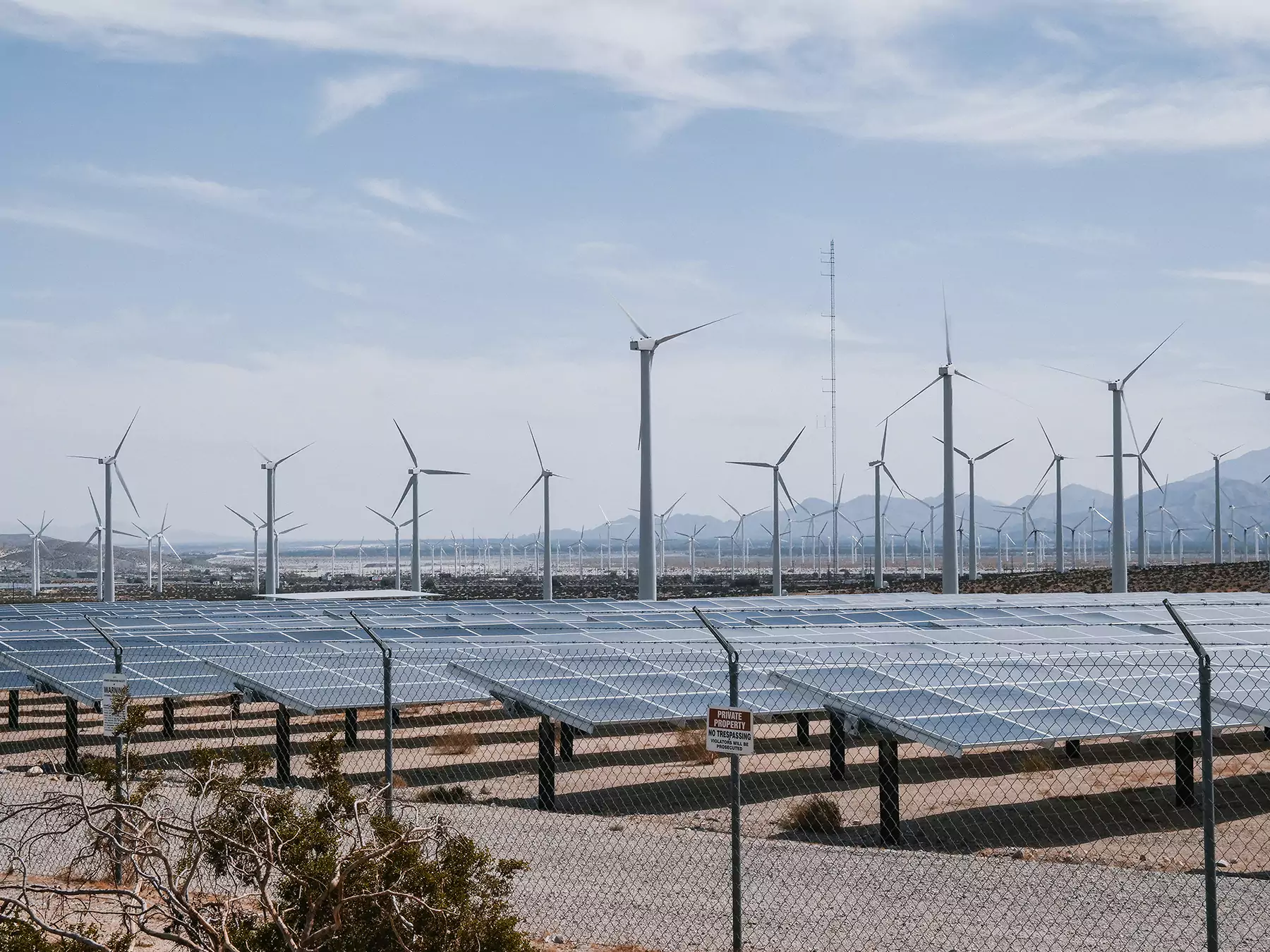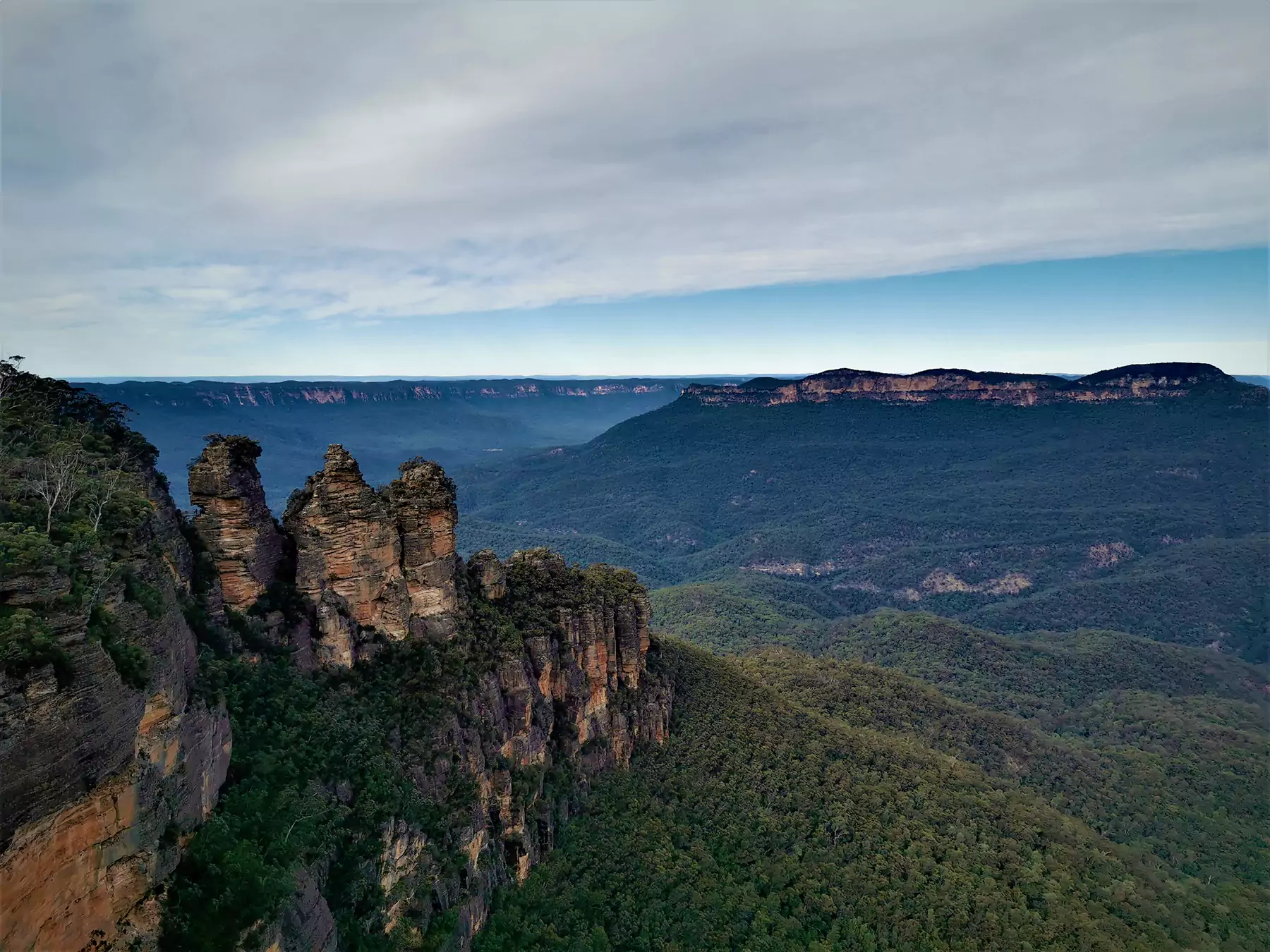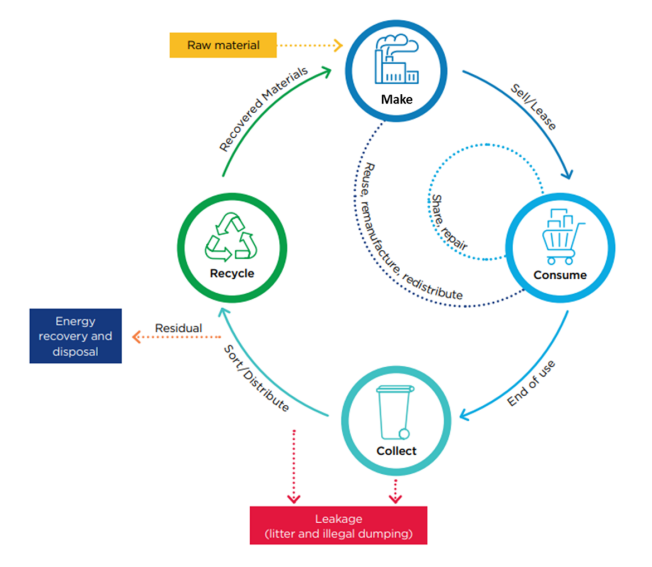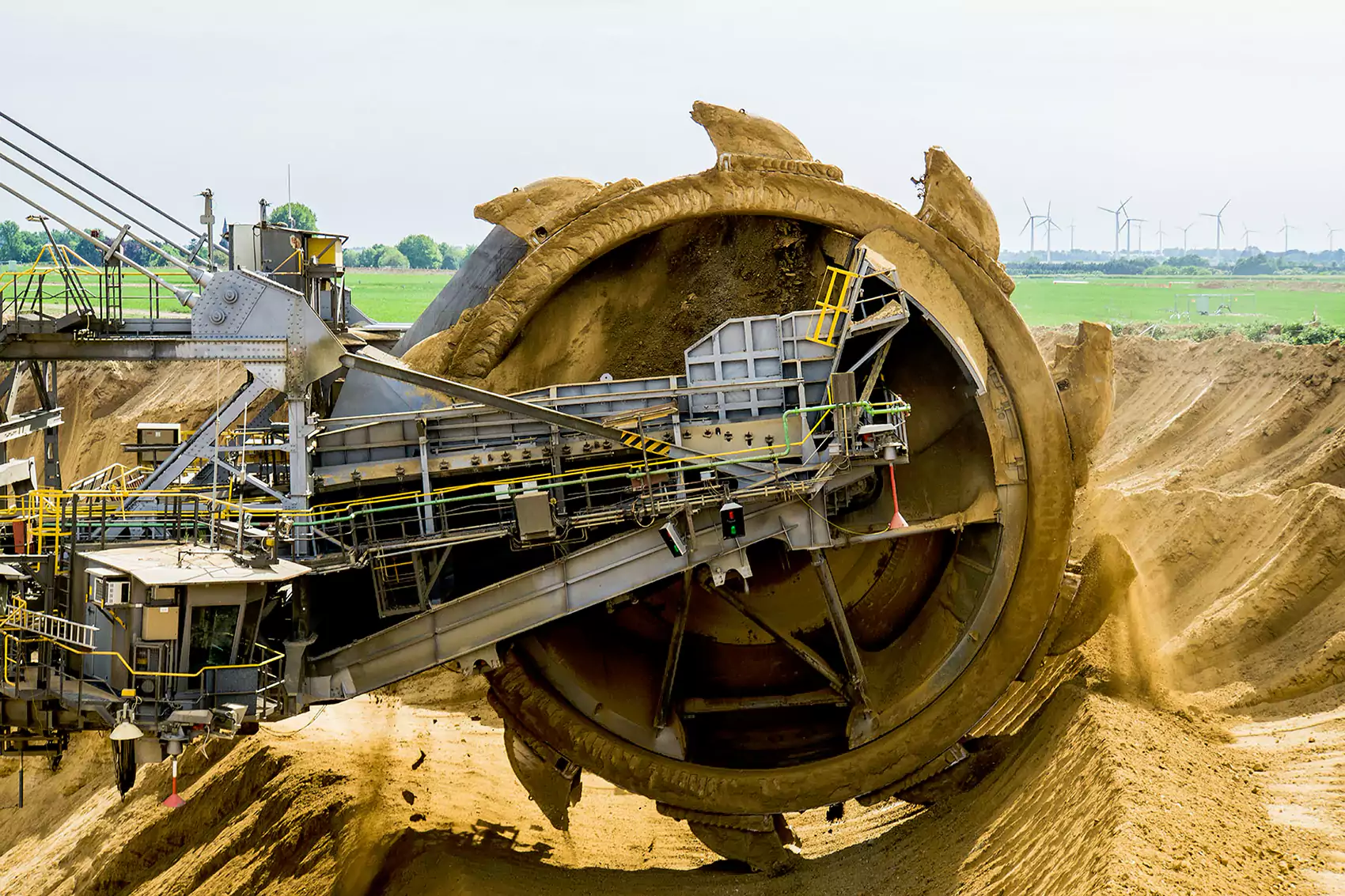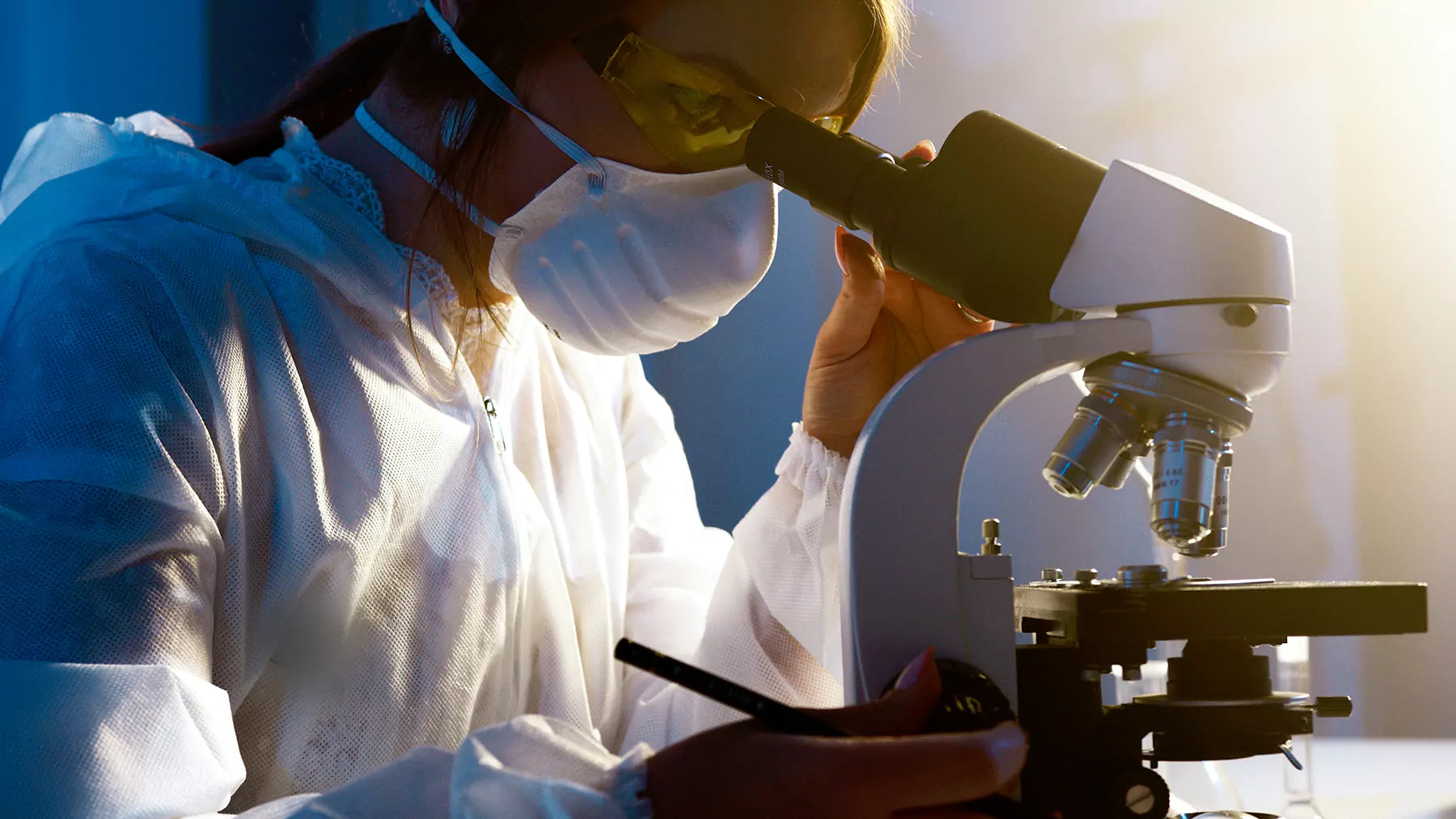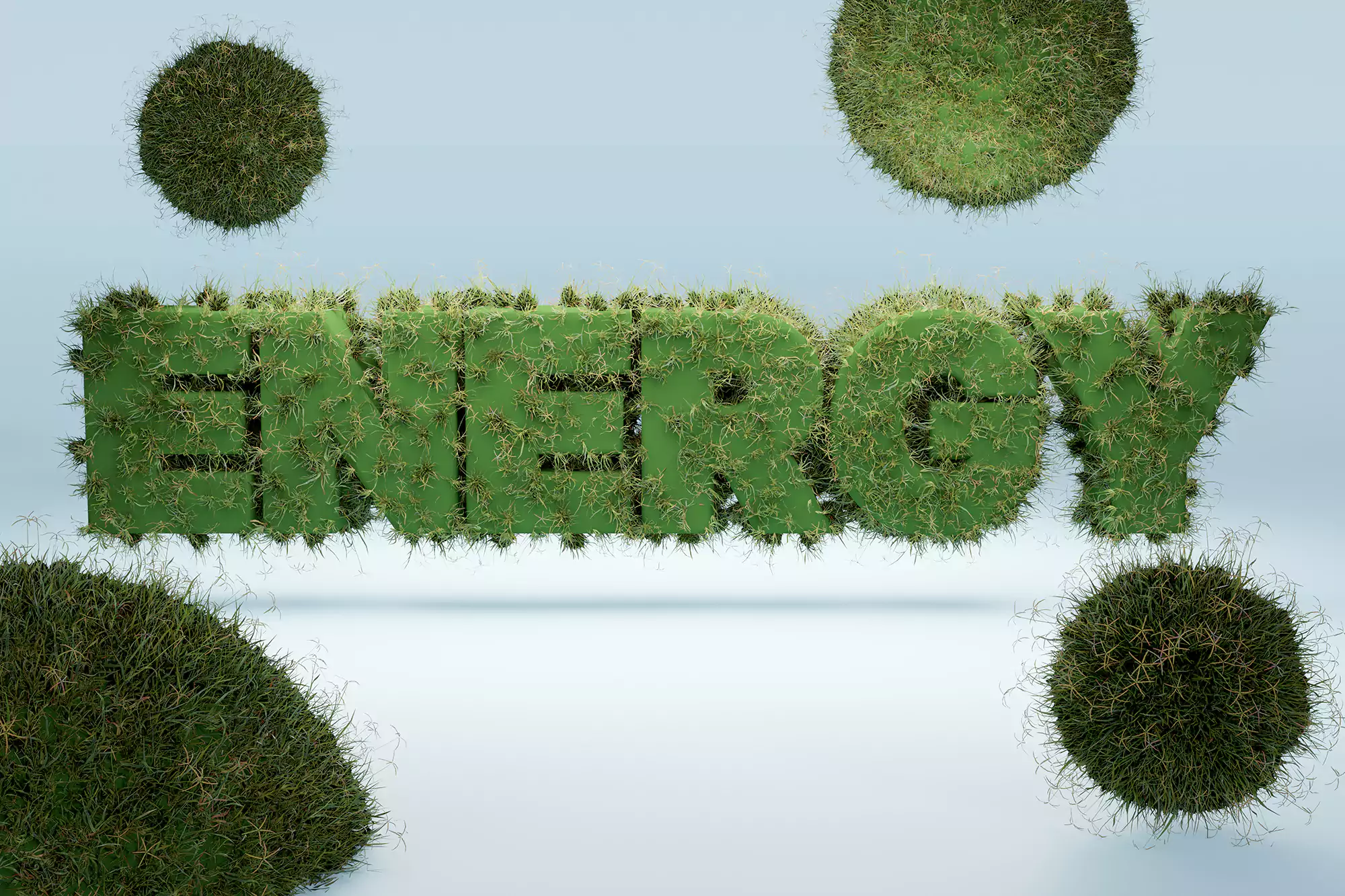Export Market Development Grant
Round 3 Opening Soon
Austrade have just announced that the dates for the EMDG 3rd Round of applications
- Opening: 9am on Tuesday 15th March 2023
- Closing: 4pm on Tuesday 14th April 2023
The EMDG program is an essential financial aid initiative of the Australian government that supports local exporters. Annually, it provides assistance to small and medium-sized enterprises (SMEs) in Australia to commence or expand their export operations.
The aim of the program is to foster the growth and diversification of foreign markets for Australian products, thereby benefiting Australia. This is achieved by extending targeted financial aid for marketing/promotional activities and enhancing marketing skills to Australian SMEs. The ultimate goal is to boost the promotion of eligible Australian products in foreign markets by recipients of the EMDG program.
The new EMDG program provides 3 Tiers of grants:
- Tier 1 – first time exporter
- Tier 2 – existing exporter / existing product(s)
- Tier 3 – existing exporter undertaking a major strategic shift – new products / new markets
How much can you receive?
The likely grant amounts for the EMDG Round 3 will be determined once applications are closed and assessed. As the annual program funding is capped at approximately $157m, the grant amount will be divided equally by the number of eligible applicants within each tier. The grant amounts in the second round FY 2022-23 may give some guidance, assuming the application demand and funding remains stable:
- Tier 1 – up to $10,000 per financial year
- Tier 2 – up to $18,000 per financial year
- Tier 3 – up to $28,000 per financial year
Grant Agreements will be for one year, with a possibility of extension subject to the availability of funds. This is to ensure we can better manage the available funding in future.
Export Market Grant Agreement Terms
Grant Agreements will be for one year, with a possibility of extension subject to the availability of funds. This is to ensure Austrade can better manage the available funding in future.
Applications will be considered for planned expenditure in respect of eligible promotional activities undertaken from 1 July 2023. Grant agreements in this round may be issued for one year or for two years, with a possibility of extension subject to the availability of funds, and the maximum allowable grant term for the relevant tier under the EMDG Rules.
How can Ryan help?
Here at Ryan, we are 100% successful in lodging EMDG applications and getting first time and existing exporters the financial aid Austrade offer. Today is a great time to get in touch to begin preparations for lodging your export application. There is a limited window to lodge so the sooner we get started the better we can help your business.
We help our clients create
- A Strategic Marketing Plan
- A Marketing Activity Budget
- Scope and identify marketing activities for eligibility
In addition to building the collateral required, we will
- Lodge the EMDG application on your behalf and
- Align your record keeping ready for the compulsory milestone reporting required to receive the funds.
Contact us for assistance
Further information can be found on the Frequently Asked Questions and you can download the Guidelines at EMDG Grants Guidelines and legislation.
For tips on filing an EMDG Round 3 application
Give us a call or schedule an assessment
Services
Ryan can assist with services such as:
- Scope your potential to claim various grant programs
- Assist with the preparation and lodgement of grant applications
- Review or provide a health check on your internally prepared grant applications
- Establish record-keeping practices as required under various grant programs
- Provide prepayment loans against future cash refunds under the R&D Tax Incentive
- Keeping industry informed on all new Government policy and grant initiatives
Don’t hesitate to give us a call or schedule a free assessment.

